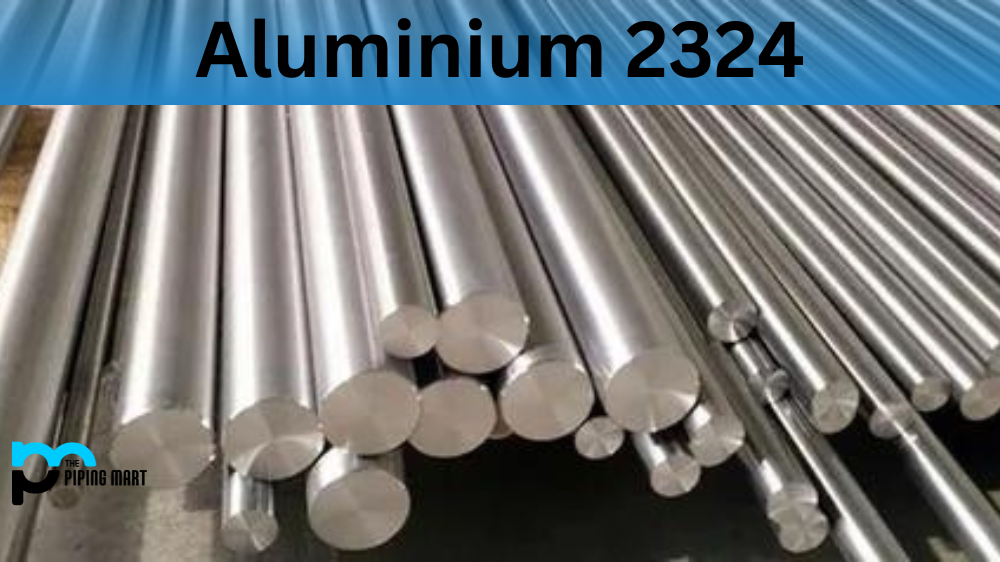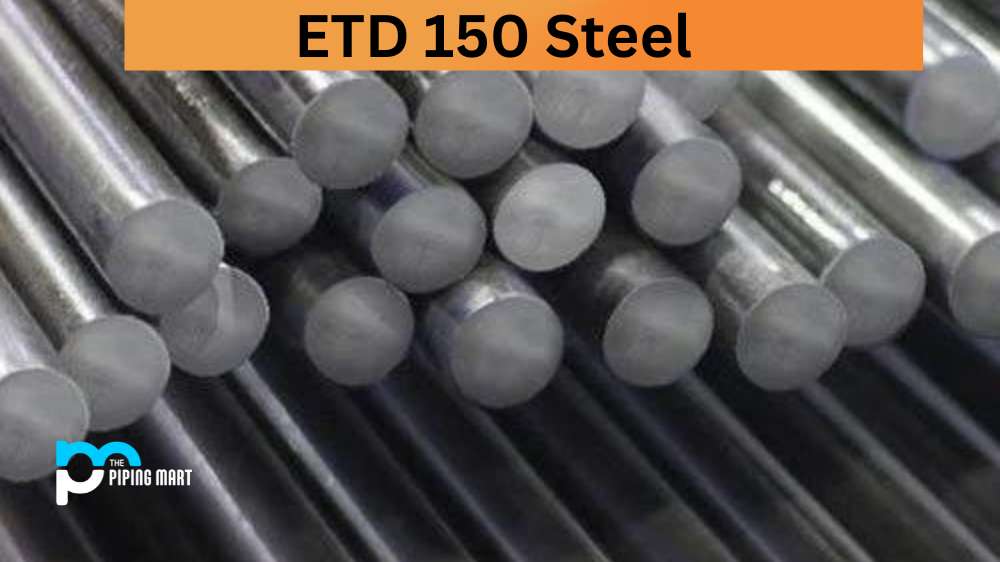Steel has been an indispensable material for centuries for engineers, builders, and industrialists. But not all steels are created equal. Enter Nilo Alloy K—a low-carbon steel alloy with a unique composition that makes it ideal for specific applications. Let’s look at what sets this alloy apart from other steels.
Nilo K Steel Composition
Nilo Alloy K is composed primarily of iron, carbon, silicon, and manganese. It contains between 0.10% and 0.15% carbon and 1.00% and 1.50% silicon by weight. The manganese content ranges from 0.20% to 0.60%, while the phosphorus content is 0.025%. The amount of sulfur in the alloy is typically kept to less than 0.04%. The nickel content is usually less than 1%, and the chromium content is less than 0.30%.
Combining these elements results in low-carbon steel with good ductility, wear resistance, and machinability when properly heat-treated or cold-drawn. It also has excellent weldability due to its low carbon content; however, post-weld heat treatment may be required to ensure adequate mechanical properties after welding operations have been completed on the alloy material.
| Element | Content (%) |
|---|---|
| Iron, Fe | 53 |
| Nickel, Ni | 29 |
| Cobalt, Co | 17 |
| Others | Remainder |
Nilo K Steel Mechanical Properties
Nilo Alloy K has impressive mechanical properties, including tensile strength ranging from 84 ksi (573 MPa) to 95 ksi (655 MPa). Its yield strength varies from 71 ksi (490 MPa) to 78 ksi (538 MPa), depending on section size, tempering temperature, and other factors such as heat treatment applied to the material before use in a particular application or structure. Its elongation rate ranges from 18%-25%. In addition, this alloy exhibits excellent toughness over a wide range of temperatures that can span from -60°F (-51°C) up to +500°F (+260°C).
| Properties | Metric | Imperial |
|---|---|---|
| Tensile strength | 520MPa | 75.4 ksi |
| Yield strength | 340 MPa | 49.3 ksi |
| Modulus of elasticity | 130 GPa | 18900 ksi |
Nilo K Steel Physical Properties
Nilo Alloy K Steel is composed of Chromium, Manganese, and Molybdenum, producing high-strength steel that resists breakage and provides excellent oxidation protection at elevated temperatures. This strong metal is ideal for high-strength structural applications in temperate climates. Its corrosion-resistant properties are suitable for use in freshwater; even after extended exposure to this element, Nilo Alloy K Steel still retains its high strength and durability. Overall, it is the perfect material for constructing long-lasting structures due to its durability and reliable build quality.
| Properties | Metric | Imperial |
|---|---|---|
| Density | 8.16 gm/cm3 | 0.295 lb/in3 |
Nilo K steel Equivalent
- UNS K94610
- ASTM F15
- DIN 17745
- AFNOR NF A54-301.
Nilo K Steel Uses
UNS K94610 is a type of stainless steel with many valuable uses, particularly in the medical and construction industries. It is highly resistant to corrosion and can withstand high temperatures, making it an excellent choice for heavy-duty applications. Nilo Alloy K’s durability and ability to resist extreme temperatures make it a great material to use for medical devices. Its resistance to abrasion and impact makes it ideal for surgical implants and joint replacements. Additionally, in certain building projects, its strength is necessary for ensuring the structure’s security. Nilo Alloy K steel is a reliable building material from repairing bridges to skyscrapers. All these qualities make Nilo Alloy K an essential metal in countless applications today.
Conclusion
Nilo alloy K steel is an excellent choice for a variety of applications. It has good corrosion resistance and high strength, making it ideal for use in demanding environments. The composition of nilo alloy K steel also makes it resistant to abrasion and impact to withstand the rigours of heavy use. If you need a reliable, durable material for your next project, consider using nilo alloy K steel.
Sakshee is a talented blogger, with a particular focus on the Business and Metal Industry. She is passionate about sharing her insights on various metal products and helping professionals to make a better decisions.




